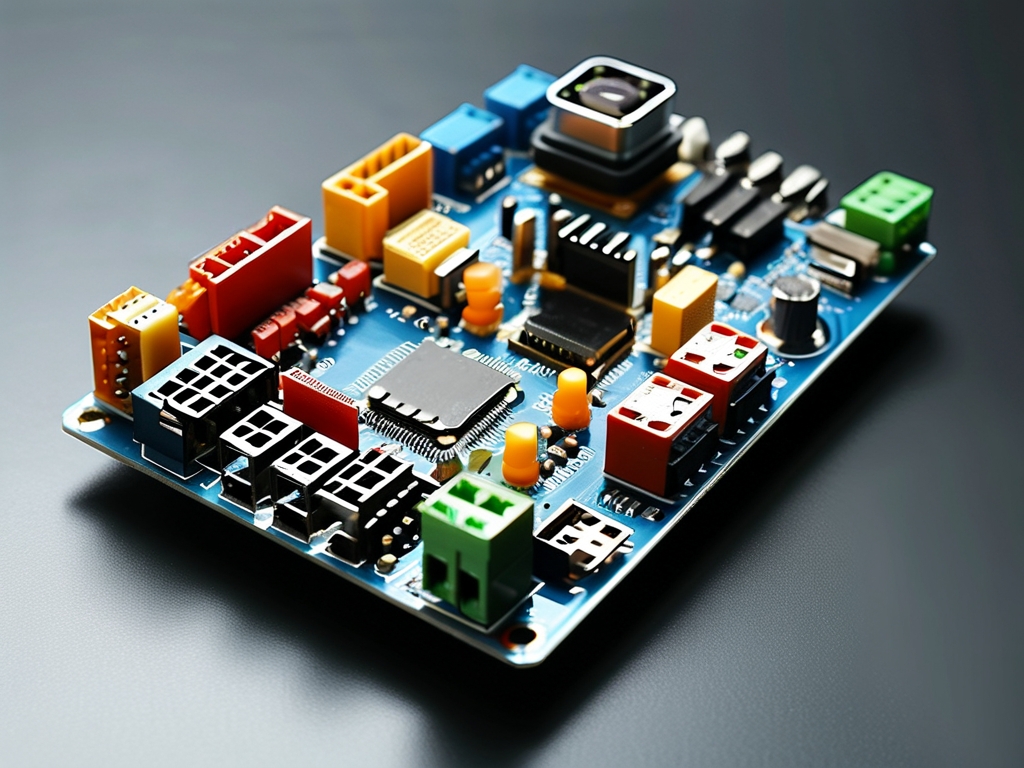In the quest to address global food security challenges, technological advancements in agriculture have become indispensable. Among these innovations, robotic seedling nursery technology stands out as a groundbreaking solution that promises to transform traditional farming practices. By integrating automation, artificial intelligence (AI), and precision agriculture, this technology is redefining how crops are cultivated from their earliest stages.

The Mechanics of Robotic Seedling Nursery Systems
Robotic seedling nursery systems combine hardware and software to automate the labor-intensive process of raising young plants. These systems typically involve:
- Automated Seed Sowing: Robots equipped with computer vision and grippers precisely place seeds into trays filled with nutrient-rich substrates. This eliminates human error and ensures uniform spacing.
- Climate-Controlled Environments: Sensors monitor temperature, humidity, and light levels, while AI algorithms adjust conditions to optimize germination rates.
- Automatic Watering and Fertilization: Robotic arms deliver water and nutrients with millimeter accuracy, reducing waste and preventing over- or under-feeding.
- Growth Monitoring: Cameras and machine learning models track seedling development, flagging unhealthy plants for early intervention.
For example, Japan’s Agrirobo Corporation has developed a system that reduces seedling preparation time by 40% while achieving a 98% survival rate—far surpassing manual methods.
Advantages Over Traditional Methods
Traditional seedling nurseries rely heavily on manual labor, which is time-consuming, costly, and prone to inconsistencies. Robotic systems address these issues in three key ways:
- Scalability: A single robotic nursery can handle thousands of seedlings daily, making it ideal for large-scale farming.
- Resource Efficiency: Precision delivery of water and fertilizers cuts usage by up to 30%, aligning with sustainable agriculture goals.
- Data-Driven Decisions: Real-time analytics help farmers predict yields, optimize planting schedules, and mitigate risks like disease outbreaks.
In Vietnam, where rice cultivation dominates agriculture, pilot projects using robotic nurseries have reported a 25% increase in crop yields and a 50% reduction in labor costs.
Challenges and Limitations
Despite its potential, robotic seedling technology faces hurdles:
- High Initial Costs: Advanced systems require significant investment in hardware and software, putting them out of reach for small-scale farmers.
- Technical Complexity: Farmers need training to operate and maintain these systems, which can slow adoption in rural regions.
- Energy Dependency: Continuous power supply is critical, making the technology less viable in areas with unreliable electricity.
Governments and private sectors are addressing these challenges through subsidies and partnerships. In India, for instance, the National Agro-Tech Initiative offers grants to cooperatives adopting robotic nurseries.
The Future of Robotic Nurseries
The integration of 5G connectivity and Internet of Things (IoT) devices is poised to enhance robotic nursery systems further. Imagine drones delivering seedlings directly to fields or AI predicting pest invasions weeks in advance. Companies like John Deere and Bosch are already experimenting with blockchain-enabled supply chains to track seedlings from nursery to harvest.
Moreover, vertical farming startups in Europe and North America are combining robotic nurseries with hydroponics to grow crops in urban settings. This approach not only saves space but also reduces transportation emissions.
Ethical and Social Implications
As automation reshapes agriculture, concerns about job displacement arise. However, proponents argue that robotic nurseries create new roles in tech maintenance, data analysis, and system design. In Kenya, vocational programs now train youth to operate AgriTech systems, blending traditional farming knowledge with modern skills.
Robotic seedling nursery technology represents a paradigm shift in agriculture. By boosting efficiency, conserving resources, and enabling data-centric farming, it offers a viable path toward feeding a growing global population. While challenges remain, collaborative efforts among governments, tech companies, and farmers will likely accelerate its adoption. As this technology evolves, it may well become the cornerstone of a greener, more resilient agricultural future.
Word count: 1,023





